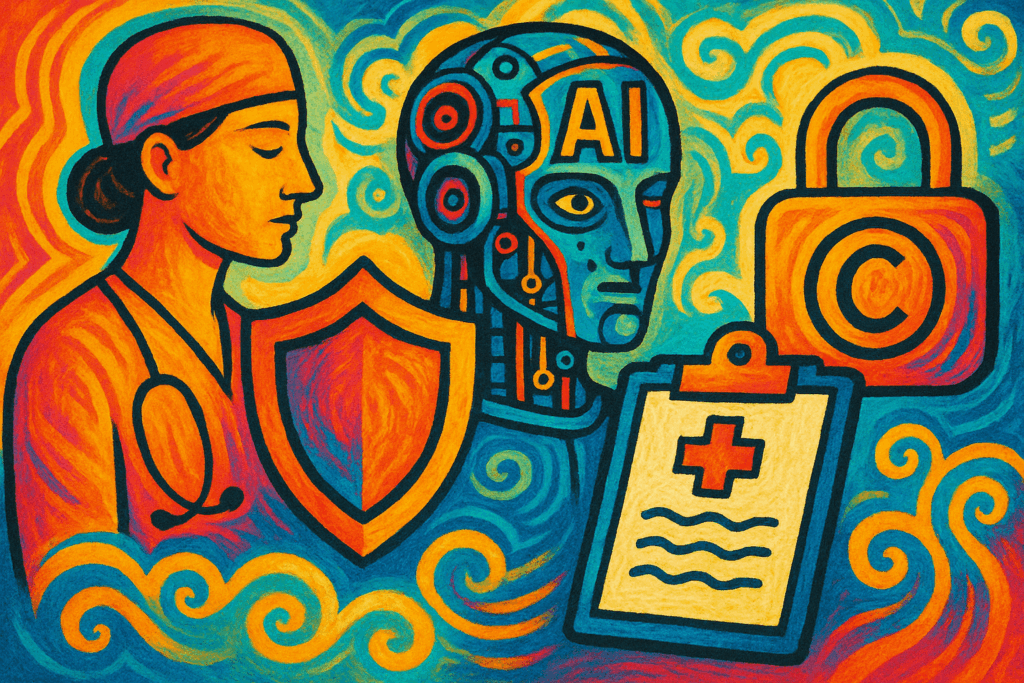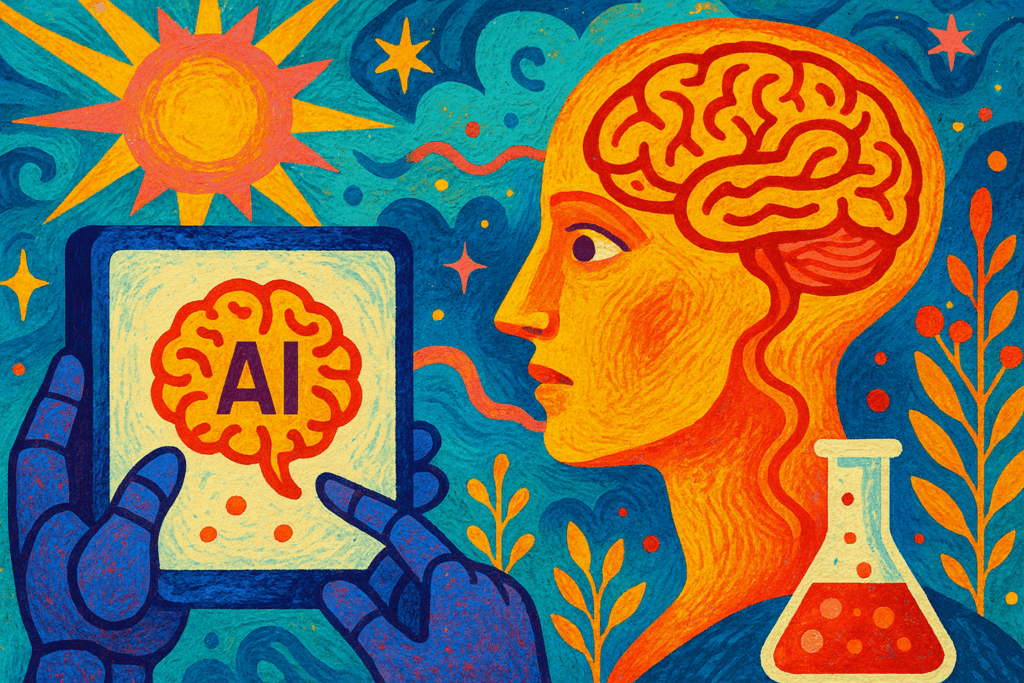Unpacking the Risks in AI Diagnostics
The healthcare sector is witnessing swift growth in AI-powered diagnostic tools, yet this progress brings significant concerns. Studies reveal that approximately 70% of doctors express worry about the reliability and safety of AI diagnostics. Key risks include systemic failures resulting from data bias, which may reinforce existing health disparities, and the use of “black box” models that lack transparent decision-making processes. This opacity complicates verification and trust in AI diagnostic outcomes.
Healthcare systems also face unique vulnerabilities to AI security flaws. Research from Cybernews analyzing S&P 500 companies found that the healthcare industry has a disproportionately high number of security flaws and data leaks, which directly threaten patient safety. Beyond patient risks, protecting intellectual property is vital, especially in drug discovery and proprietary research sectors where sensitive information could be compromised by insecure AI models.
Implementing Robust AI Governance for Accountability
Effective AI governance offers a structured approach to managing diagnostic AI risks without resorting to outright bans. Three essential steps form the foundation of safe AI integration in healthcare:
- Approved AI Tools: Establishing centralized, clinically vetted AI model whitelists ensures only reliable technologies are deployed.
- Automatic Data Protection: Implementing automated systems that strip sensitive patient and proprietary data before AI processing prevents unauthorized data exposure.
- Traceable AI Actions: Maintaining detailed logs of AI queries, responses, user activity, and timestamps provides necessary audit trails, fostering accountability and enabling thorough investigations if issues arise.
Introducing accountability frameworks within AI diagnostic practices is essential to protect both patients and intellectual assets. This structured oversight supports trustworthiness in AI-derived results and secures valuable healthcare information.




